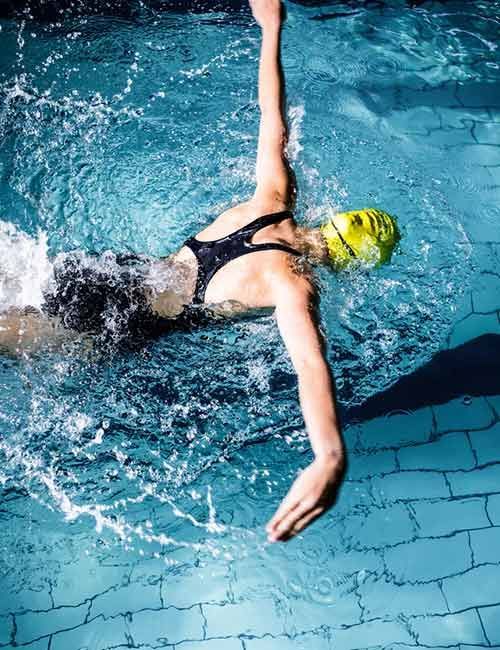When it comes to swimming, finding the perfect balance between safety and comfort is essential for an enjoyable experience. One crucial factor that significantly impacts this balance is the water temperature. Determining the comfortable water temperature for swimming plays a vital role in ensuring swimmers’ well-being and enhancing their overall performance. In this article, we will explore the various considerations and factors involved in finding the optimal water temperature for a comfortable swimming experience.
Understanding the Importance of Water Temperature
Water temperature significantly affects swimmers’ comfort, as well as their body’s physiological response during swimming. The sensation of water temperature can vary greatly from person to person, and what may be comfortable for one individual may feel too cold or too warm for another. Therefore, it’s crucial to understand the factors that influence the perception of water temperature and how it affects our bodies.
Factors Affecting Water Temperature Perception
Personal Preference: Each swimmer has unique preferences regarding water temperature. Some individuals may prefer slightly cooler water, while others may find warmer water more comfortable. Personal preference is influenced by factors such as body composition, tolerance to cold or heat, and previous swimming experiences.
Seasonal Variations: Water temperature naturally fluctuates based on seasonal changes. During colder months, water temperature tends to decrease, requiring adjustments to maintain comfort and safety. Similarly, warmer seasons may call for cooler water to prevent overheating.
Activity Level: The intensity and duration of swimming activities also impact the ideal water temperature. Competitive swimmers engaging in high-intensity workouts may prefer slightly cooler water to prevent overheating, while recreational swimmers may lean towards warmer water for a more comfortable experience.
Location: The geographical location of the swimming facility or natural body of water also plays a significant role in water temperature. Coastal areas or regions with colder climates could have cooler water, while tropical or inland areas may offer warmer water temperatures.

Determining the Optimal Water Temperature
Safety Considerations: The safety of swimmers is of paramount importance when determining water temperature. Water that is too cold may lead to hypothermia, while excessively warm water can cause overheating. It is crucial to consider safety guidelines and regulations set by relevant authorities to maintain a safe swimming environment.
Comfort and Acclimatization: Gradually acclimatizing swimmers to the water temperature is vital in ensuring their comfort. Sudden exposure to extreme temperatures can be uncomfortable and potentially dangerous. Allowing swimmers time to adjust to the water temperature prior to engaging in vigorous activities is recommended.
Monitoring Water Temperature: Regularly monitoring water temperature is essential to ensure it remains within the comfortable range. Utilizing temperature sensors and maintaining appropriate heating or cooling systems can help maintain the desired water temperature consistently.
Here is a temperature guide for swimming:
Below 50°F (10°C): Water is considered very cold and not suitable for extended swimming. Hypothermia risk is high. Remember that it is not safe to swim below 50°F or 10°C. So always be aware of the water temperature you intend to swim in before you take the plunge.
50-60°F (10-15.5°C): Water is cold and may cause discomfort. Short swims are possible, but caution is advised.
60-70°F (15.5-21°C): Water is cool but generally tolerable for most swimmers. Longer swims are feasible with proper acclimatization.
70-80°F (21-27°C): Water is considered comfortable and ideal for recreational swimming. Suitable for most swimmers.
80-85°F (27-29.5°C): Water is warm and enjoyable for extended swims. Ideal for leisurely activities and relaxation.
Above 85°F (29.5°C): Water is very warm and can potentially lead to overheating. Extra caution is necessary, especially during intense activities.
Remember that individual preferences and comfort levels can vary. It’s essential to consider personal tolerance, acclimatization, and safety guidelines when determining the suitable water temperature for swimming.
Conclusion
Finding the perfect balance between safety and comfort when determining the water temperature for swimming is crucial for a fulfilling swimming experience. By considering personal preferences, seasonal variations, activity level, and location, swimmers can enjoy a comfortable and safe environment. Prioritizing safety guidelines, allowing for acclimatization, gathering feedback from swimmers, and monitoring water temperature ensure optimal conditions for everyone. Remember, finding the right water temperature may require some adjustments, but the result will be an enjoyable and refreshing swim every time.


